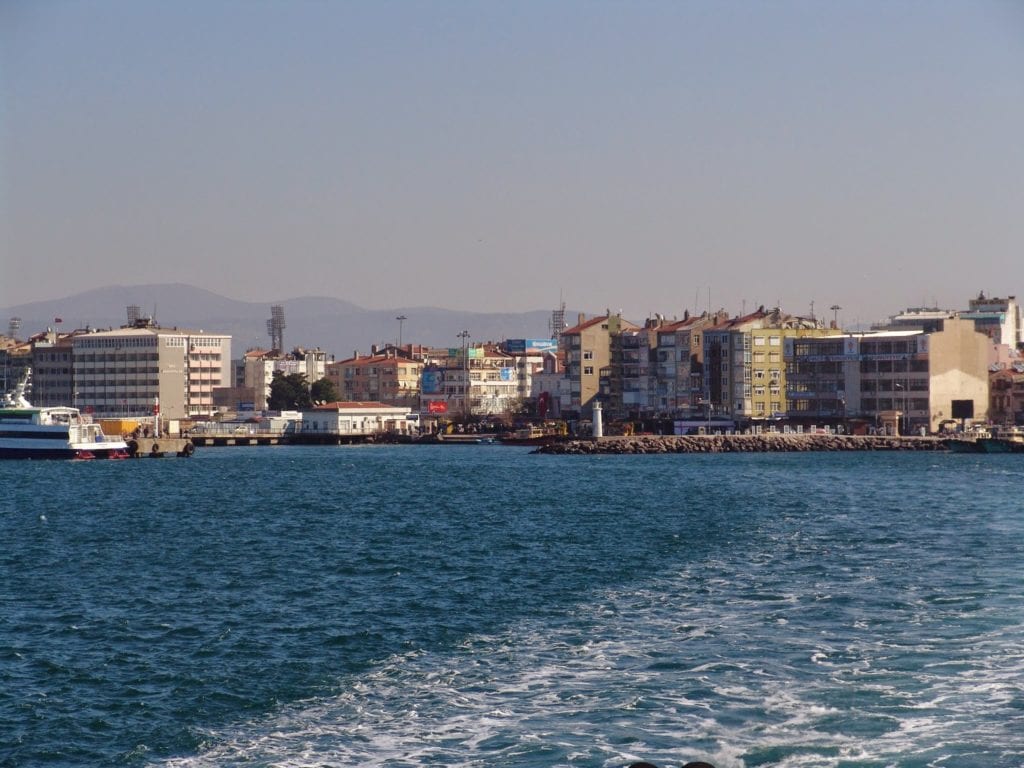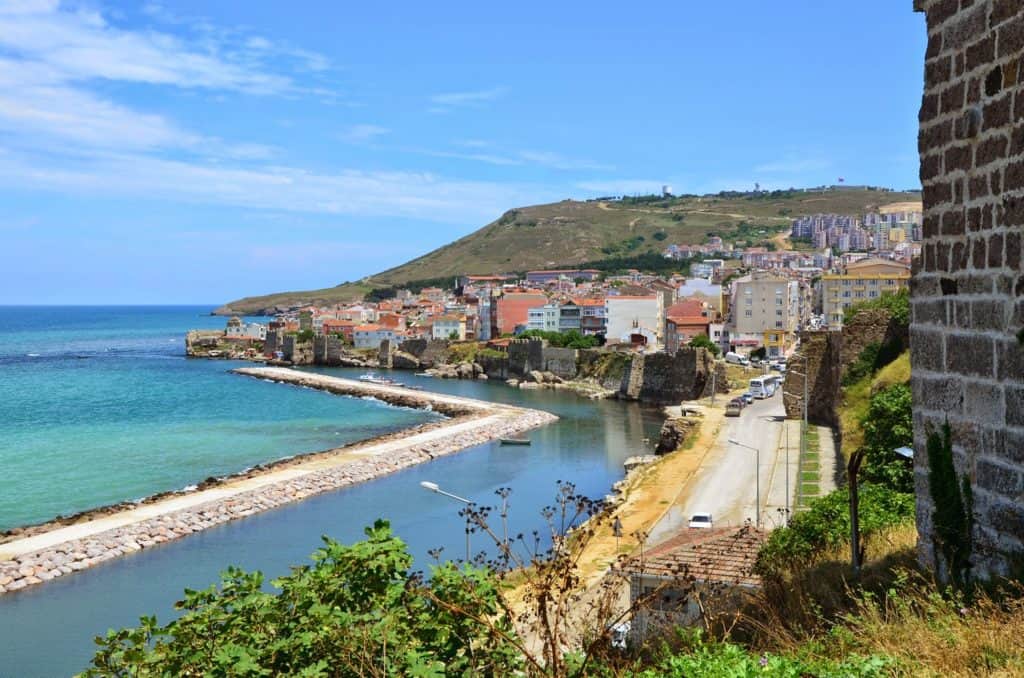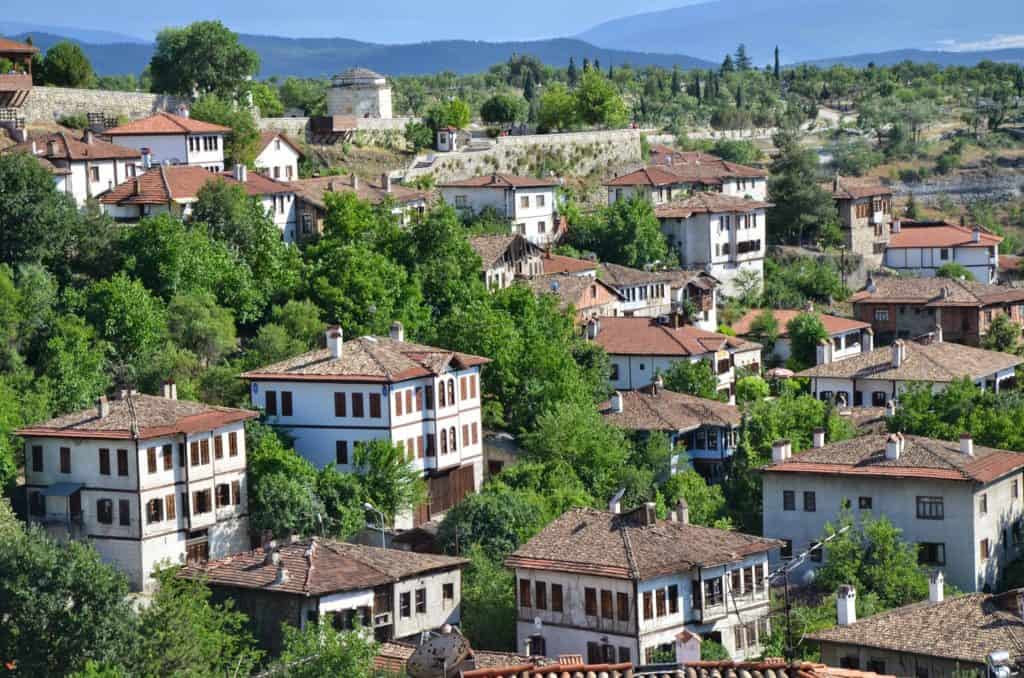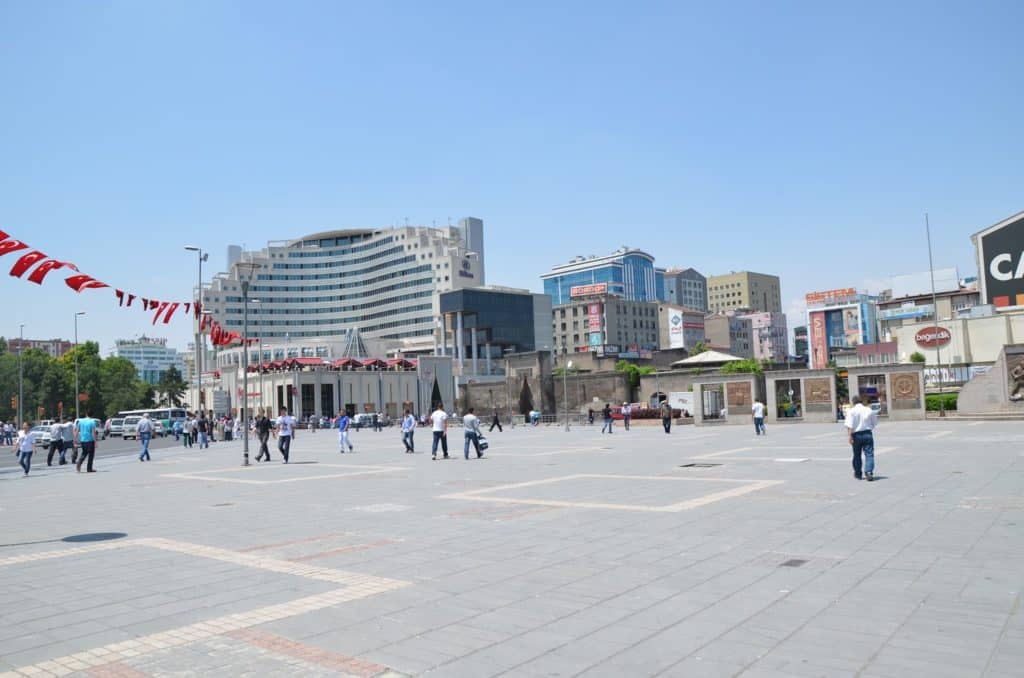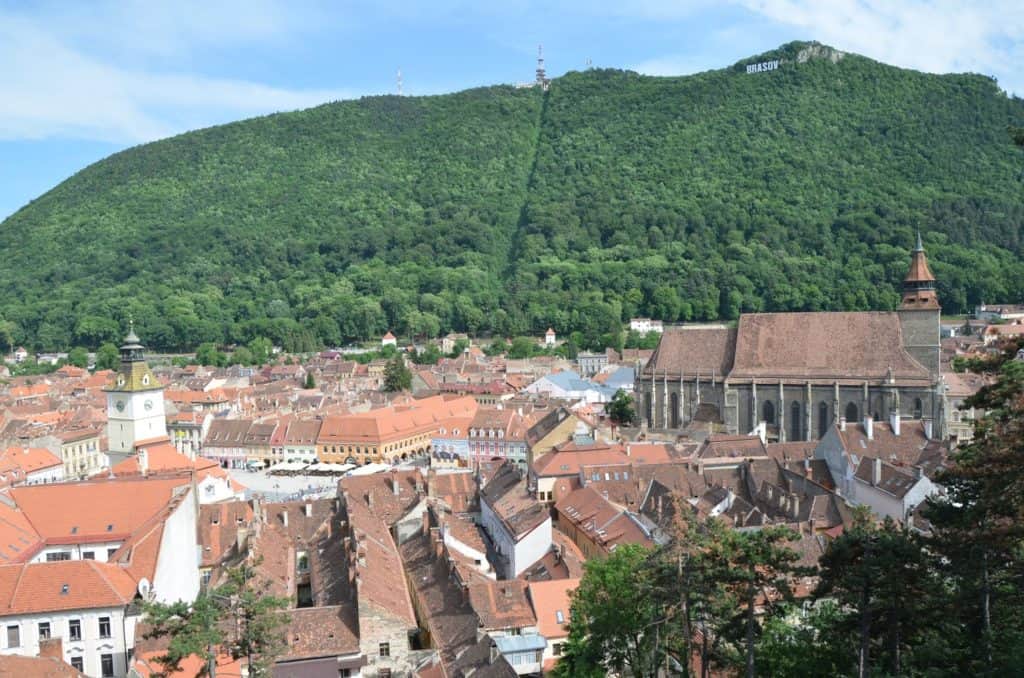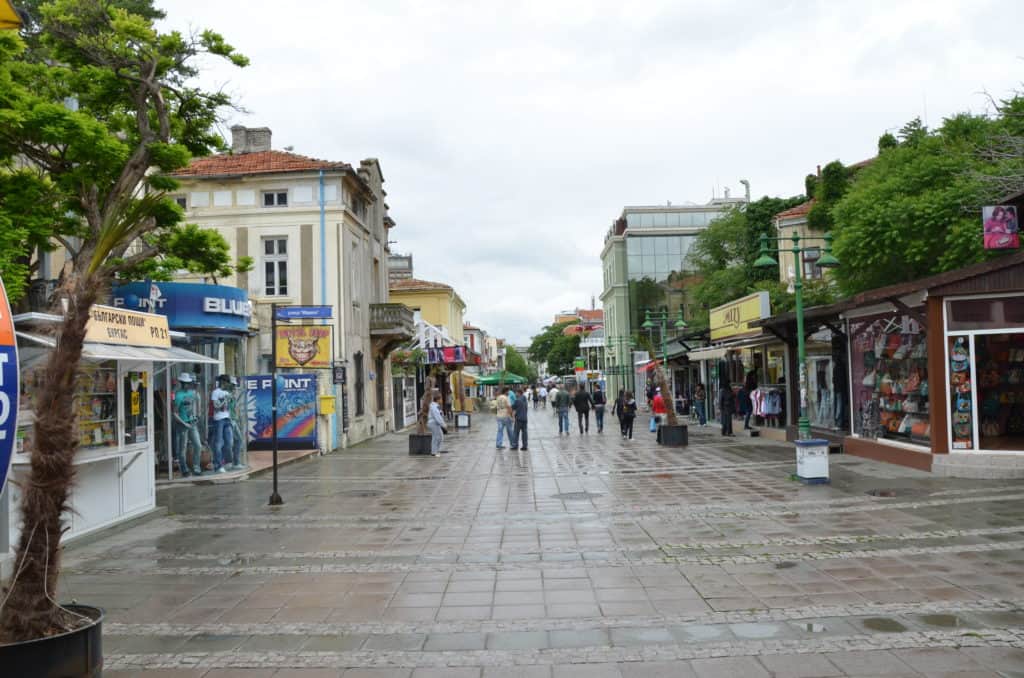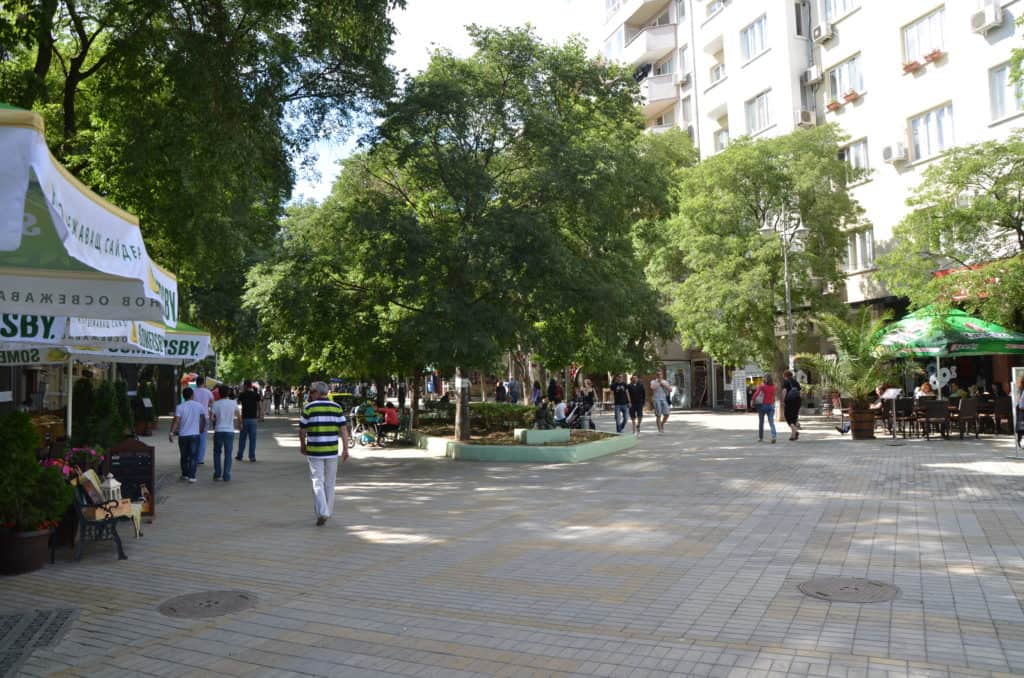Çanakkale is often overlooked by visitors to the Gallipoli battlefields and the ancient city of Troy. People usually pass through and don’t bother to take a look around.
Samsun for me was a lot of wasted time. For a large city with such a long history, the sites were mostly uninteresting and uninspiring. I felt my full day there was too much, and a half day would have served it well enough.
Often overlooked, Kastamonu is a small bustling city split in half by a river. It’s got a long history and has several historical monuments. The same Ottoman architecture that made Safranbolu famous is found in Kastamonu, although in a much more urban setting and with much less restoration.
In a country of magnificent scenery and history, the old town of Safranbolu is one of Turkey’s finest. This small Black Sea Region town is situated in a ravine and is a UNESCO World Heritage site because of its fine 17th and 18th century Ottoman architecture.
The city of Kayseri, located in Central Anatolia, is a city of proud conservative people. It’s thought of as an ugly city and often bypassed by tourists in favor of more beautiful natural scenery of Cappadocia. In reality, it’s got some interesting sites that make it worth a day of exploration, especially to enthusiasts of Seljuk architecture.
Bucharest doesn’t get enough respect. I was told to skip it because it’s boring, ugly, depressing, pointless, and many other negative things. All of the reasons are wrong.
Founded as Kronstadt by German settlers in 1211, Braşov is one of the most beautiful towns in Transylvania and all of Romania. The population was traditionally split between German, Romanian, and Hungarian residents but now is a majority 92% Romanian. In Hungarian the town is known as Brassó.
Burgas is a city on Black Sea coast and the fourth largest in Bulgaria. There isn’t much to see in the city itself, but it has a decent beach and makes a great base for day trips to places like Nessebar, Sozopol, Pomorie, and Sunny Beach.

